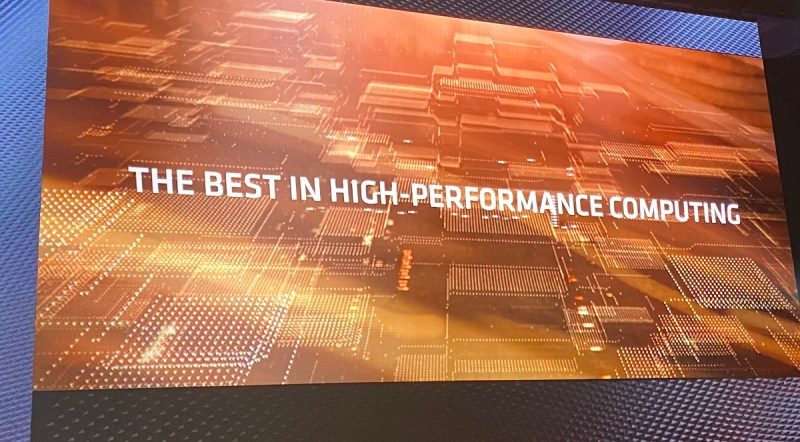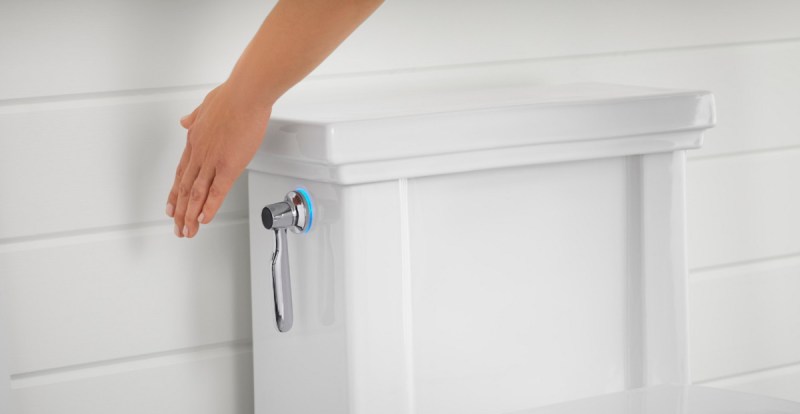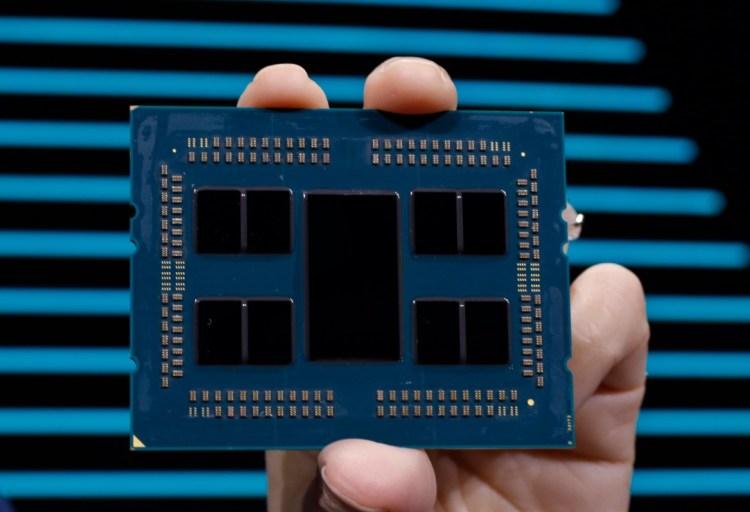
Above: AMD is hoping for a victory lap in 2020.
VentureBeat: As far as spreading into new areas, how do you think about what markets are interesting, places where you’re not so big right now?
Papermaster: We have a huge opportunity as far as share gain in the base markets we’re in, across PC, for content consumption and creation, all the way through server applications. We’ll remain incredibly focused on growing share as we continually improve our high-performance products there. But if you look at each of those markets, there are adjacent segments that are very exciting.
You look at the growth AMD has had in supplying to the cloud today, with our second-generation Epyc. You see our share going up and you see growing adoption. The cloud — you’re starting to see wider and wider connectivity as 5G starts to take hold in 2020. You’ll see a need for more computation at the edge, where certain applications can’t absorb the delay going all the way back to a datacenter. They need more local analytics and local optimization. That’s an emerging area we’re very excited about. We’re working with our OEMs and partners in the vertical there to bring that same high-performance technology.
We’re very excited about the advent of 8K displays — 8K content is starting to come to reality in 2020. The Olympics will be broadcast in 8K this year. That’s very exciting to us at AMD. As you know, we’ve geared up our GPUs today to be capable of seamlessly processing and delivering 8K content.
June 5th: The AI Audit in NYC
Join us next week in NYC to engage with top executive leaders, delving into strategies for auditing AI models to ensure fairness, optimal performance, and ethical compliance across diverse organizations. Secure your attendance for this exclusive invite-only event.
VentureBeat: Do you foresee self-driving cars and the chips that drive those becoming important to AMD in the way they are to Nvidia?
Papermaster: When we look at self-driving cars, I think all of us realize that true self-driving capability — level 4 autonomous driving and beyond — is taking longer than anticipated to come to fruition. There are a number of challenges. They will all be tackled in time. One of the challenges is that a fully self-driving capability demands almost a datacenter processing capability in the auto. We’re interested in that. We think it aligns with our datacenter strategy. We’re looking to the longer term as far as full self-driving capability, making sure that if there’s market demand for our products there, we can provide that.
VentureBeat: Nvidia launched their 360Hz G-Sync display here, 6 times a normal refresh rate. On the FreeSync side, is this another feature you think you have to go after? Are gamers going to be interested in that? Or is it a category where nobody’s really going to be able to tell the difference?
Papermaster: We’re very pleased with our partnerships with the display vendors. You see broad adoption of FreeSync now. We’re going to continue that close partnership with our display partners and our gaming content development partners. We’re focused on experience. We’ll continue as you’ve seen us evolve FreeSync. We love it. There’s broader adoption. We’ve made the standards open, and they’ve been adopted by the standards committees. That’s a real endorsement that we’re on the right approach.

Above: Kohler’s Touchless Toilet debuts at CES 2020.
VentureBeat: How open does hardware have to be? You look at RISC-V coming along, following behind Arm. They’re saying that they’ll offer more choice. Before this, maybe people didn’t know that they wanted hardware to be this open, the same way Linux is on the software side.
Papermaster: For application development, what’s most important is that you have an open software ecosystem. That’s what the applications are built on. What that software layer — if done right, it should hide the unique characteristics of the hardware underneath. Because of the long lead time and detailed optimization of silicon engines, it allows a rich ecosystem of tailored and optimized silicon.
In my mind, it’s less important what instruction set architecture you’re running. What’s most important is, what degree of performance can you provide at the best economic point? Those are the winners on the hardware side. What you’ve now seen, with the advent of AI frameworks and hardware extraction layers between that software and hardware, it’s opened up innovation on hardware to optimize implementation, and a more standard and open approach to build applications on top.
It’s great if there are more players. Of course, RISC-V is out there. Arm has already been out there. You’re starting to see more tailored ASIC designs out there. I love it. Competition is a good thing because it drives innovation. We now have such momentum of open software stacks that sit on top. As you know, at AMD we’ve completely embraced open software and interface to applications. Our API approach at AMD is a very open API.
VentureBeat: On the semi-custom side, has anything surprised you as far as what people come to you asking for?
Papermaster: Our semi-custom business is there for customers who have a high volume and want to leverage the engines we have, along with unique technology and IP they have. They want to have a very close integration. That continues. When you look at the markets we’re in, tailored products that may make sense, that’s a natural direction for the semi-custom business.
VentureBeat: Are there any other topics at the top of your mind?
Papermaster: There’s a meta-theme that you’re seeing at CES. It underscores the strategy that we’re on at AMD. When you look across all of the segments we talked about — you go and walk the floor at CES, what you’re seeing is this acceleration of having smarter devices everywhere, of having those devices be connected, and the demand that all of us have for better computation, more contextually aware computation, and a more lifelike human-computer interface.
It’s a trend we’ve been talking about at AMD for years. Now, what I’m excited about this year at CES — we’re seeing, again, major strides toward making that vision a reality. We’re doing everything we can at AMD to hasten that progression.
VentureBeat: There is a big thing I’ve been wondering about. We have Moore’s Law slowing down at a time when the demand for datacenters is gigantic. Then we have climate change to worry about, and we have IoT coming on board at the same time and creating all this demand that wasn’t there before. I wonder if that combination of things is going to doom the planet.
Papermaster: You can look at it that way, but I’ll flip it the other way. I’m an optimist by nature. What opportunity do we have, when we have more data available to us than we’ve ever had, and more computation than we’ve ever had? You look at what was announced by the Department of Energy with the Frontier supercomputer, where we’re partnering with HPE Cray to deliver 1.5 exaflops of computing in 2021. If you marry that with, as you said, this massive amount of data we’ve never had before, what analytics can we run that we never have before that can improve society? What can we do, based on that kind of analysis, that can inform us on how to contain climate change? What can we do in drug analysis that can leverage the data telemetry that’s expanding today, running deeper analytics to improve therapies and health care going forward?
I look at it the other way. There are two sides to the coin. I really am excited about how technology can help address those concerns we all share. Technology can be used in very negative ways. Technology has caused climate change. It’s a fair criticism. But we can point that same technology to address those ills.


